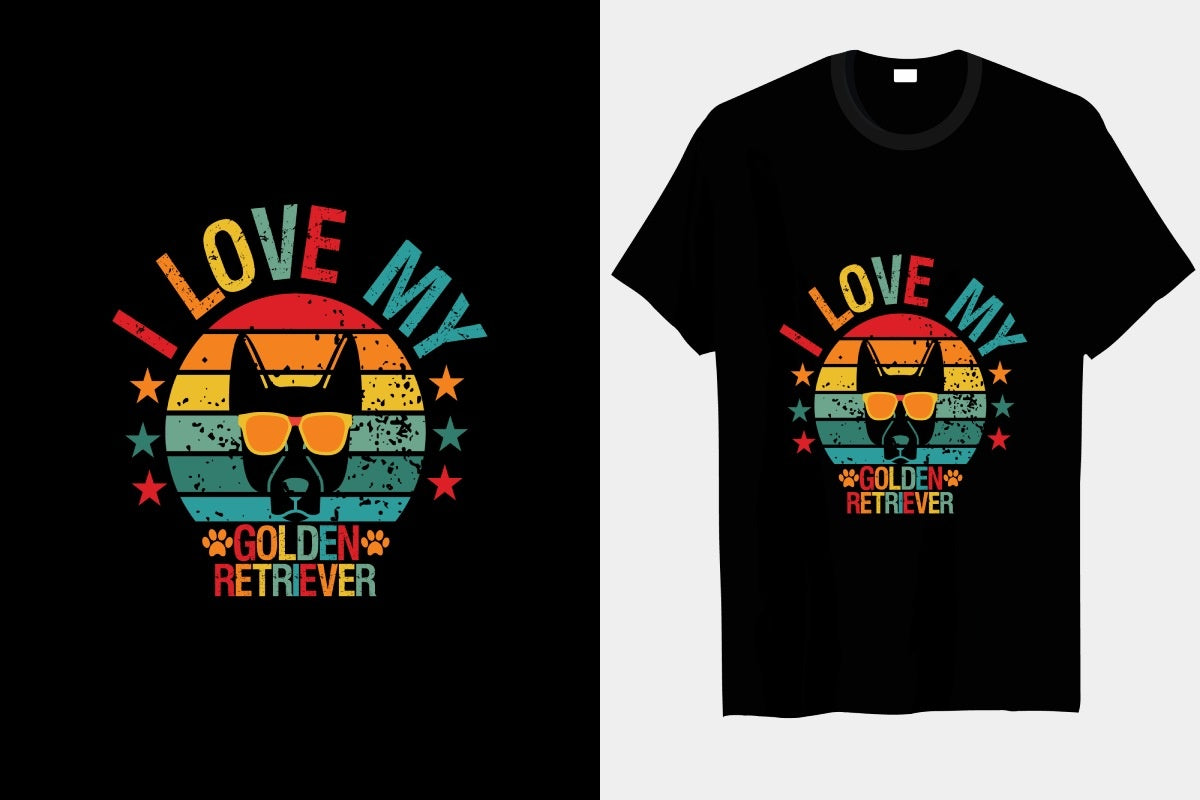
DTF Transfer Printing: How It Works
What is DTF Transfer Printing?
DTF transfer printing is a modern fabric printing technique that allows full-color, high-detail designs to be applied to a variety of materials. Unlike traditional methods such as screen printing or sublimation, DTF does not require fabric pretreatment and works on cotton, polyester, blends, and even leather. This makes DTF transfers an ideal choice for customized apparel and promotional products.
The DTF Printing Process Step-by-Step
The DTF printing process involves several key steps that ensure high-quality and long-lasting prints. First, the design is printed onto a specialized PET film using a DTF printer with pigment-based inks. After printing, an adhesive powder is applied to the wet ink, helping the design bond securely to the fabric. The printed film is then cured using heat before it is pressed onto fabric with a heat press. Once transferred, the film is peeled away, leaving a durable, vibrant print.
Essential Equipment for DTF Transfers
To achieve high-quality DTF transfers, specific equipment is required. A specialized DTF printer with CMYK and white ink capability ensures rich colors and sharp details. PET transfer films act as the medium for printing and transferring the design. Adhesive powder is necessary for bonding the print to fabric, while a curing oven or heat press is used to activate the adhesive. Investing in high-quality equipment helps improve print consistency and durability.
Why DTF Transfers Are Different from Other Printing Methods
DTF transfer printing stands out from other techniques due to its versatility and ease of use. Unlike sublimation, which only works on polyester, DTF prints on various fabric types without requiring a pretreatment. Compared to heat transfer vinyl, DTF transfers allow for highly detailed, multi-color prints without cutting or layering. The ability to print full-color designs with strong adhesion makes DTF an excellent choice for apparel customization.
Best Practices for Applying DTF Transfers
To achieve the best results with DTF transfer printing, using the right heat press settings is essential. The optimal temperature ranges from 160-180°C, with a pressing time of 15-20 seconds under medium pressure. Peeling techniques vary based on the type of film, with cold peel films requiring cooling before removal and hot peel films allowing immediate peeling. Ensuring even pressure and following the correct peeling method enhances print durability and appearance.
Common Mistakes in DTF Transfer Printing and How to Avoid Them
Several common mistakes can affect the quality of DTF transfers. Using the wrong heat press settings may lead to weak adhesion or print cracking. Applying too much or too little adhesive powder can impact durability and texture. Poor-quality transfer films can cause difficulty in peeling or result in faded prints. Regularly testing materials and following proper curing and pressing techniques help prevent these issues and ensure high-quality results.
How to Care for Fabrics with DTF Transfers
Proper care is essential to maintaining the quality of DTF transfers on fabric. Washing garments inside out with mild detergent and cold water helps preserve colors and prevent fading. Avoiding bleach and fabric softeners reduces damage to the print. Air drying is preferred, but if using a dryer, setting it to low heat minimizes the risk of cracking. Following these care guidelines extends the lifespan of DTF prints.
Conclusion
DTF transfer printing is a game-changer in the custom apparel industry, offering flexibility, high-quality prints, and compatibility with various fabrics. Understanding the printing process, using the right materials, and following proper heat press techniques ensures excellent results. With its ease of use and durability, DTF transfers provide an efficient and cost-effective way to create professional-grade designs for clothing and accessories.
FAQ
- What is DTF transfer printing?
- DTF transfer printing is a fabric printing method that transfers designs from a PET film onto fabric using heat and adhesive powder.
- What materials can DTF transfers be used on?
- DTF transfers work on cotton, polyester, blends, denim, leather, and other fabric types.
- Do I need a special printer for DTF transfer printing?
- Yes, a specialized DTF printer with pigment-based ink and white ink capability is required.
- How long do DTF transfers last?
- With proper application and care, DTF prints can last for over 50 washes without fading or cracking.
- What temperature should I use for pressing DTF transfers?
- The recommended heat press temperature is between 160-180°C for best adhesion.
- Can I wash DTF-printed garments in a washing machine?
- Yes, but washing inside out with cold water and mild detergent is recommended.
- Why is my DTF transfer peeling?
- Poor heat press settings, incorrect peeling technique, or low-quality adhesive powder may cause peeling.
- What is the difference between DTF and sublimation printing?
- Sublimation only works on polyester, while DTF transfers can be applied to various fabrics without pretreatment.
- Do I need to pretreat fabric for DTF printing?
- No, DTF transfers do not require fabric pretreatment before printing.
- How can I improve the durability of DTF transfers?
- Performing a second heat press with a protective sheet after peeling strengthens the adhesion and improves durability.